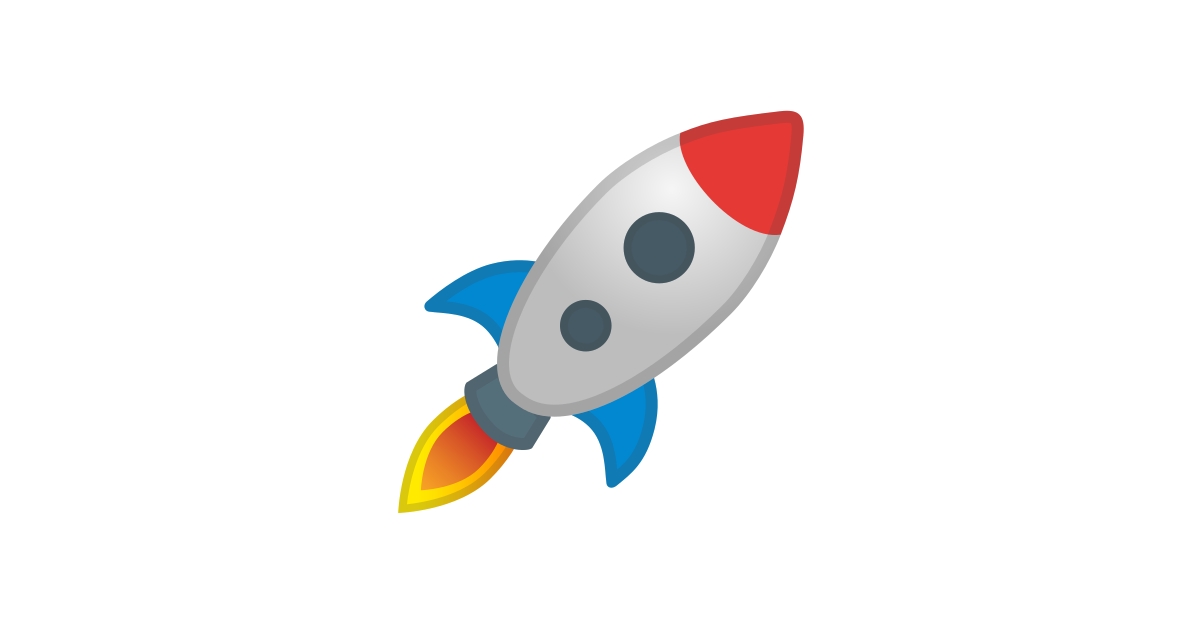
One feature, however, that I wish it had was the ability to have distinct trigger characters for emoji and GIFs. On the whole, I’m pretty pleased with Rocket.
Rocket emoji skin#
There are a few customization options in the basic Rocket, including the color of the pop-up palette, the trigger key, and default skin tone, and you can also disable it in specific apps or on specific websites.įor $5, you can also unlock a variety of Pro features, including full emoji search, the ability to send GIFs and stickers, and custom shortcuts for emoji and GIFs. It also means not having to take your fingers off the keyboard in order to type emoji. You can then start typing the name of an emoji, using Tab to auto-complete it, or the cursor keys and return to select a different item from the list. The basic version of the app, which is free, lives in the menu bar and simply pops up a palette whenever you type a trigger character–by default, the colon. That is, until I stumbled across Matthew Palmer’s Rocket, which fills a void that I’ve been dreaming of: Slack-style emoji throughout macOS. More than once, then, I’ve found myself starting to use the same syntax to summon an emoji in Messages or Mail on my Mac, only to be frustrated when I accidentally send :smiley: instead of, you know, 😃.

In particular, typing a colon followed by an emoji name has become second nature to me, especially because it’s often much faster than hunting for the same emoji in iOS or macOS’s character palettes. If you spend as much time in Slack as I do 1, you get used to some of that app’s idiosyncrasies.


Warning: This story has not been updated in several years and may contain out-of-date information. Get Slack-style emoji everywhere with Rocket


 0 kommentar(er)
0 kommentar(er)
